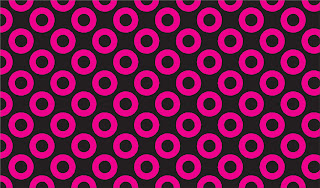Batik printing is the process of decorating fabric by covering certain parts with wax. It is also called as resist dye printing. The wax covered area consists of white or original color of fabric.
Stretching before applying wax is important for accuracy of designs.
Using this technique we can create Same and beautiful designs all over the fabric. Once the wax is removed the dyed and undyed areas forms the required pattern of design.
Batik printing is first used by Javanese and Indonesian. They followed unique patterns made of birds, flowers, animals.
Indian first tried batik print with cotton fabric. They were following this techniques from very early days of human lives.
Batik can be done with any type of fabric like cotton, linen, wool. Careful handling is important here. Batik pattern in india describes the art, culture and tradition of Indians.
As of now lot of designs and patterns were created based on change of life style and taste.
Batik technique's:
- Waxing
- Dyeing
- Dewaxing
Waxing can be done with two types of waxes paraffin wax and bees wax.
During application the wax should not be over heated. It may catch fire. Once cloth is dry the wax can be removed by boiling or scraping the cloth.
Dewaxing is the process of removing the applied wax. Melting the wax. It can be done in electric wax pot or double boiler.
Printing or dyeing can be done based on your favorite color. If dyeing is done once the design may look in white color. Even you can dye it twice or thrice. You can obtain beautiful color patterns.
Modern batik is applied in wall hangings, paintings, curtains, scarves. Batik is also followed in many countries like China, Japan, SriLanka, Africa, India, Malaysia.
Wash and dry well before using the fabric.













